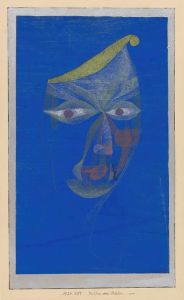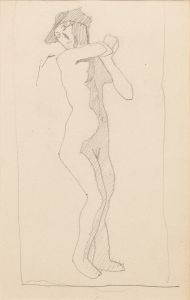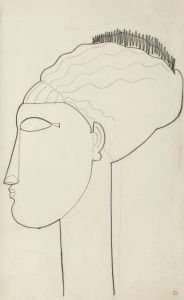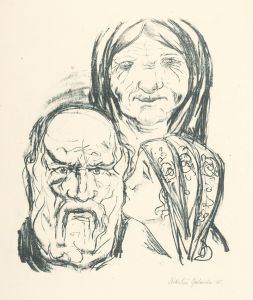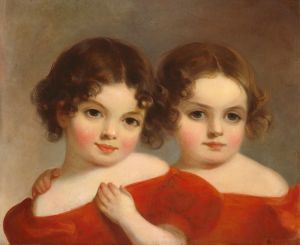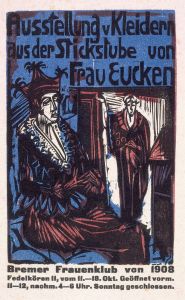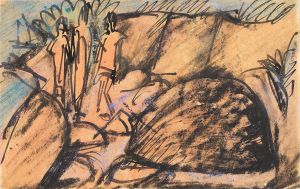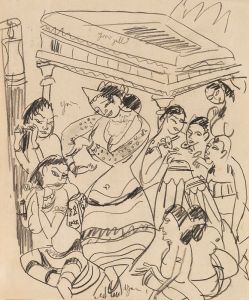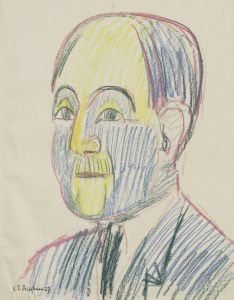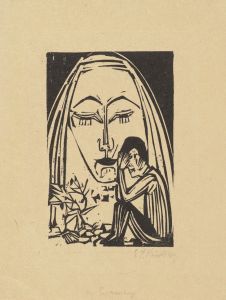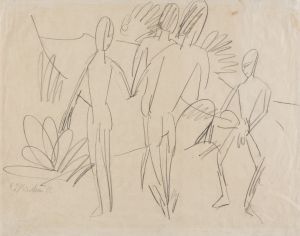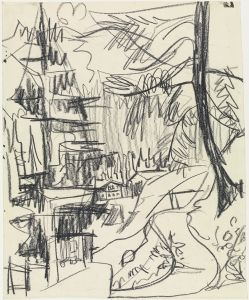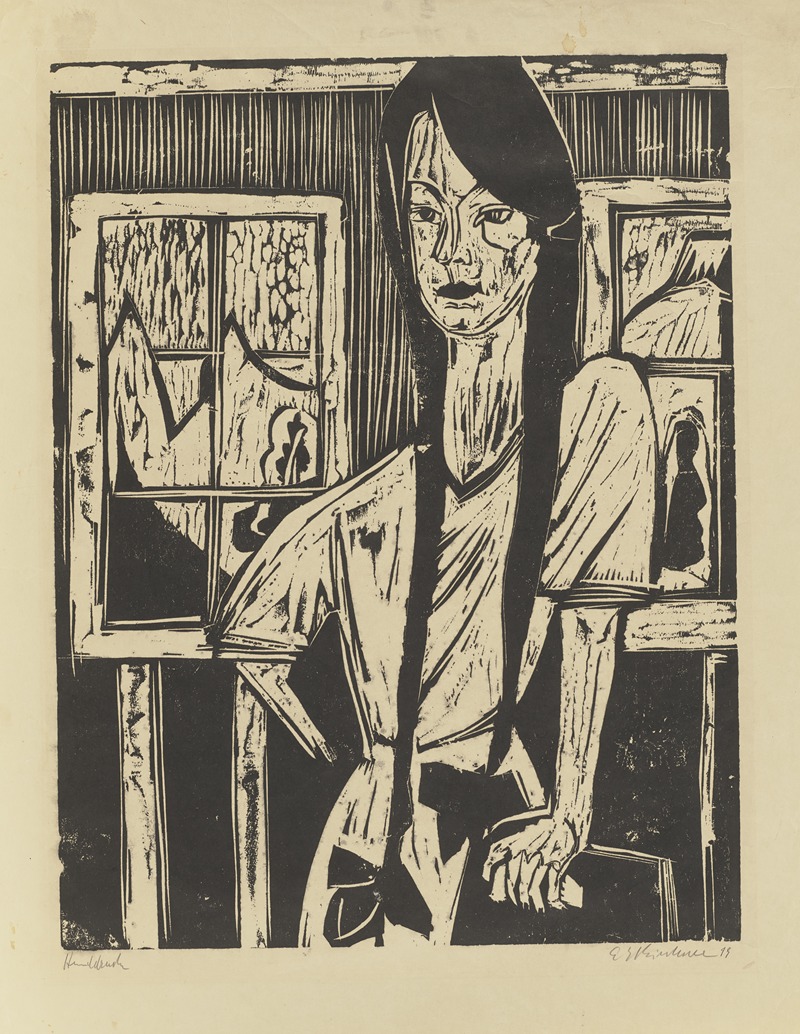
Junges Mädchen
A hand-painted replica of Ernst Ludwig Kirchner’s masterpiece Junges Mädchen, meticulously crafted by professional artists to capture the true essence of the original. Each piece is created with museum-quality canvas and rare mineral pigments, carefully painted by experienced artists with delicate brushstrokes and rich, layered colors to perfectly recreate the texture of the original artwork. Unlike machine-printed reproductions, this hand-painted version brings the painting to life, infused with the artist’s emotions and skill in every stroke. Whether for personal collection or home decoration, it instantly elevates the artistic atmosphere of any space.
Ernst Ludwig Kirchner was a prominent German expressionist painter and one of the founding members of the influential art group Die Brücke (The Bridge), which played a crucial role in the development of modern art in the early 20th century. His works are characterized by bold colors, dynamic compositions, and a focus on the human figure, often exploring themes of modernity, urban life, and the human condition.
"Junges Mädchen" (Young Girl) is one of Kirchner's notable paintings, reflecting his distinctive style and thematic interests. Created during a period when Kirchner was deeply involved with the Die Brücke movement, the painting exemplifies the group's emphasis on emotional expression and the use of vivid, non-naturalistic colors to convey psychological depth.
In "Junges Mädchen," Kirchner employs his signature technique of elongated forms and sharp, angular lines to depict the subject. The painting captures a young girl, rendered with a sense of immediacy and vitality. The use of bold, contrasting colors enhances the emotional impact of the work, a hallmark of Kirchner's approach to expressionism. This technique was part of a broader effort by Die Brücke artists to break away from traditional artistic conventions and explore new ways of representing reality.
Kirchner's work often reflects his interest in the psychological and emotional states of his subjects, and "Junges Mädchen" is no exception. The painting conveys a sense of introspection and complexity, inviting viewers to engage with the inner world of the young girl portrayed. This focus on the subjective experience is a key element of expressionist art, which seeks to evoke emotional responses rather than merely depict the external world.
The context in which Kirchner created "Junges Mädchen" is also significant. The early 20th century was a time of great social and cultural change, and artists like Kirchner were responding to the rapid modernization and urbanization of society. His work often reflects a tension between the individual and the modern world, exploring themes of alienation and the search for identity in an increasingly fragmented society.
Kirchner's contribution to the expressionist movement and his influence on modern art cannot be overstated. His innovative use of color, form, and composition helped pave the way for future generations of artists, and his works continue to be celebrated for their emotional intensity and artistic innovation.
"Junges Mädchen," like many of Kirchner's paintings, remains an important piece in the study of expressionism and early 20th-century art. It exemplifies the artist's ability to capture the complexities of human emotion and the spirit of his time, making it a valuable work for both art historians and enthusiasts alike. Through his unique vision and artistic skill, Kirchner has left an indelible mark on the art world, and "Junges Mädchen" stands as a testament to his enduring legacy.





